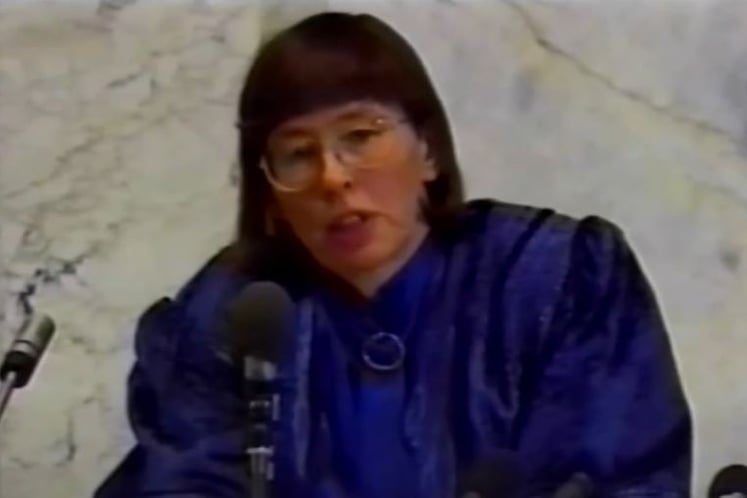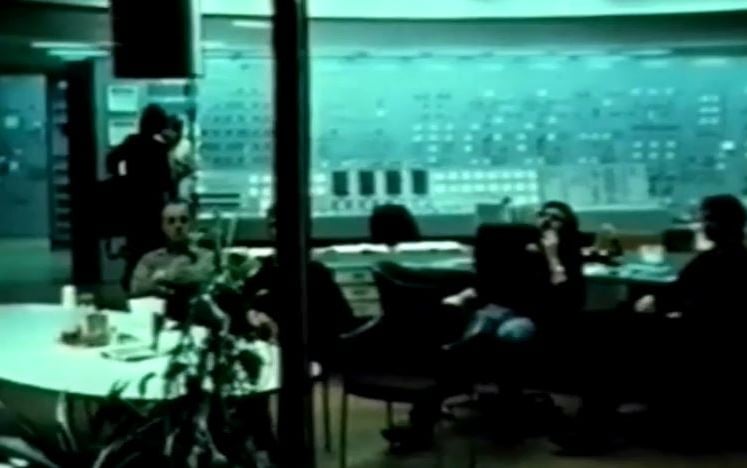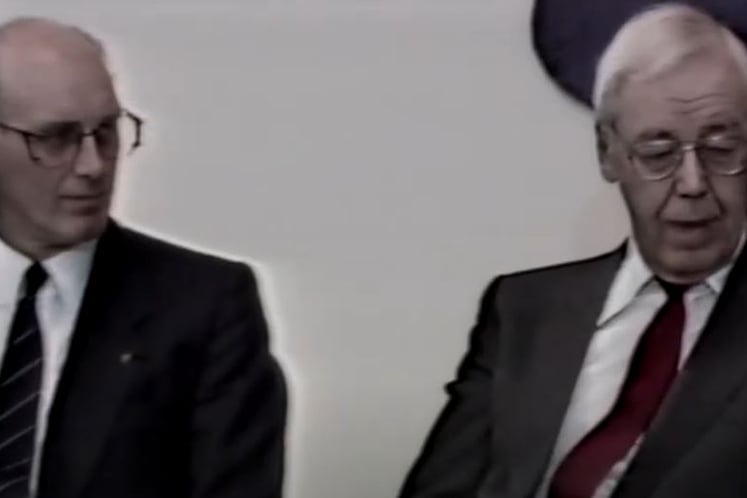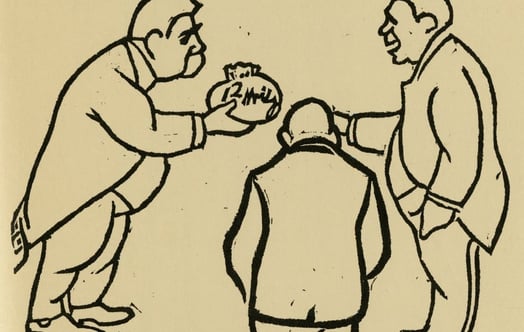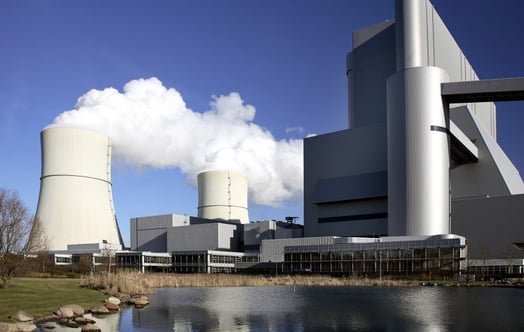
Opposition to nuclear power
The nuclear power issue has been marked by political differences, both between and within parties. It has also seen many decisions and commitments that were later overturned. This involved a great deal of uncertainty and insecurity for power producers like Vattenfall.
Until the beginning of the 1970s, the nuclear power issue was not politically charged. The turning point came in 1973. During the Swedish Centre Party conference in Luleå that year, Hannes Alfvén, professor and 1970 Nobel Laureate in Physics and at one time employed by AB Atomenergi, gave an emotive speech about the 'Energy Problem'. He urged the audience to stop and think about the role of nuclear power in society.

A referendum on the future of nuclear power Year: 1979 | ID: VF000132
Nuclear power came to be a defining issue for the Centre Party. The party's election promise prior to the election of 1976 was that no new reactors would be charged or put into operation, and that all nuclear power should be phased out by 1985. The election was a great success for the party, and Thorbjörn Fälldin, party chairman, was able to form the first centre-right government in Sweden for 44 years.
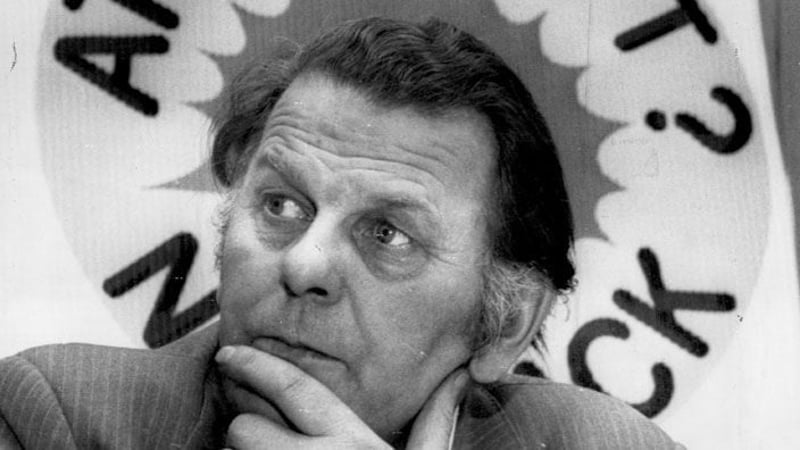
Thorbjörn Fälldin, Prime Minister of Sweden in two non-consecutive cabinets from 1976 to 1982. Year: - | Place: - | Creator: Okänd | ID: VF000130
But Fälldin could not push his election promises through the government. Disagreements between the governing parties became so great that the government collapsed in October 1978. Swedish Liberal Party leader Ola Ullsten then formed a minority government until the elections in 1979. The centre-right parties also won that election, with a clear mandate.
Accident leads to referendum
Six months later, the accident at the Three Mile Island nuclear power plant outside Harrisburg in the USA occurred. This event led to a parliamentary decision to hold a referendum in Sweden on the future of nuclear power.

Three Mile Island. President Jimmy Carter leaving the premises. Year: 1979 | Place: Harrisburg, USA | Creator: Okänd | ID: VF000131
This was held in March 1980, with three options – or lines – to choose from. Line 1 and Line 2 stated that nuclear power would be “phased out as fast as possible given the need for electrical power to maintain employment and welfare,” and that 'no further nuclear plants should be constructed.' There were thus two options that did not propose a rapid phase-out. The Swedish Moderates were behind Line 1, while the Social Democrats and Liberal Party supported Line 2. The latter also had an addition on the ballot paper about energy conservation, investment in renewable energy sources and a statement that nuclear power plants and other major energy facilities should be owned by the state or municipalities.
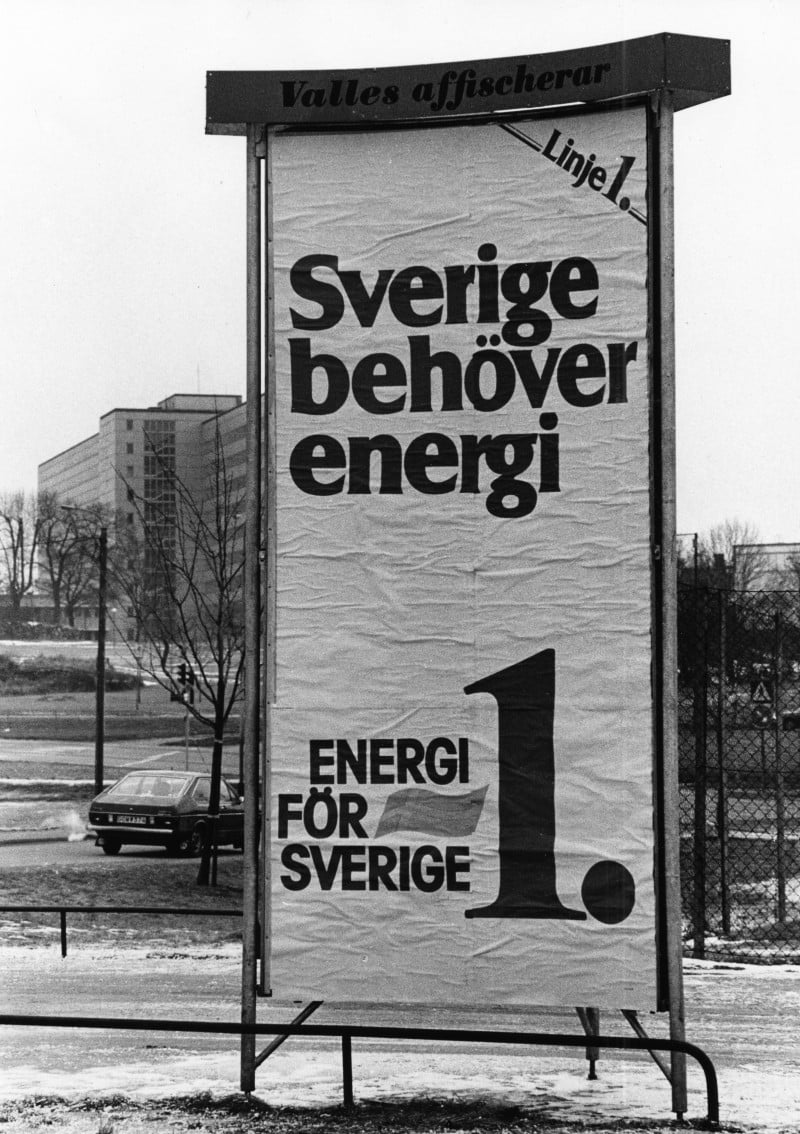
A referendum on the future of nuclear power. A sign declaring the benefits of nuclear power. Year: 1979 | Place: - | Creator: Okänd | ID: VF000133
Line 3, supported by the Centre Party, the Communists and the Christian Democrats, required nuclear power to be phased out within ten years. Reactors not yet loaded were not to be put into operation and continued expansion was to be stopped immediately.
Prior to the referendum, the NGO Folkkampanjen mot kärnkraft (the Swedish anti-nuclear movement) was formed. This organisation also supported Line 3.
Line 2 received the most votes, and in June of the same year, the parliament made a new decision based on the referendum. This meant that the reactors that were already in operation, finished or in progress, twelve in total, would be used. However, they were to be phased out by 2010.

A referendum on the future of nuclear power. Protests against the usage of nuclear power. Year: 1979 | Place: - | Creator: Okänd | ID: VF000134
Phase-out commences
On 26 April 1986 another serious reactor accident occurred, this time in Chernobyl in the Ukraine in what was then the Soviet Union. The accident turned the spotlight once again on the risks of nuclear power. In spring 1988 the Swedish parliament decided on a clear timetable for phasing out nuclear power. One reactor in Barsebäck was to be decommissioned in 1995, followed by one in Ringhals in 1996. According to the Social Democrat Environment and Energy Minister, Birgitta Dahl, the decision to decommission the two reactors was 'irrevocable'.
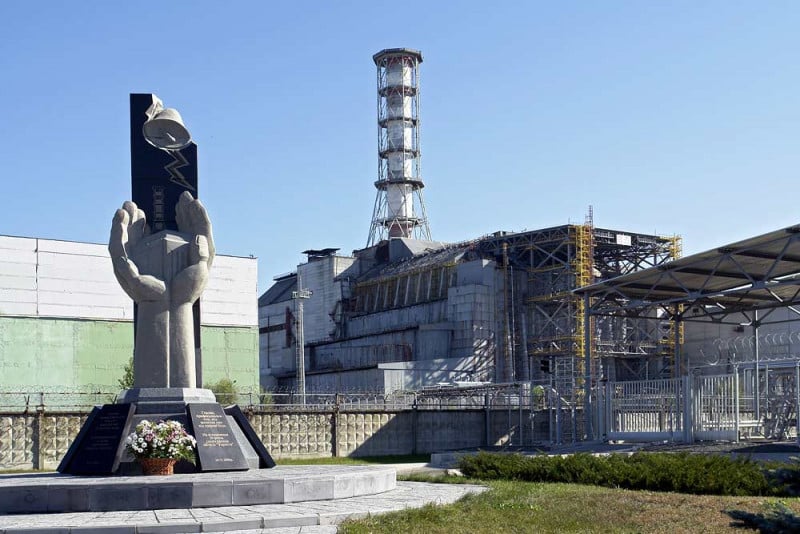
The Chernobyl plant. Year: - | Place: Chernobyl, Ukraina (former Soviet Union) | Creator: Okänd | ID: VF000135
But in 1990 the Social Democrats changed their energy policy. This paved the way for the so-called tripartite agreement in 1991. The phase-out dates of 1995 and 1996 were scrapped. Later, in 1997, parliament abolished the 2010 deadline, and decided that Barsebäck would be decommissioned in two phases. At 14:00 on 30 November 1999 the process of shutting down Barsebäck 1 began. Barsebäck 2 followed the same path and was closed in 2005.
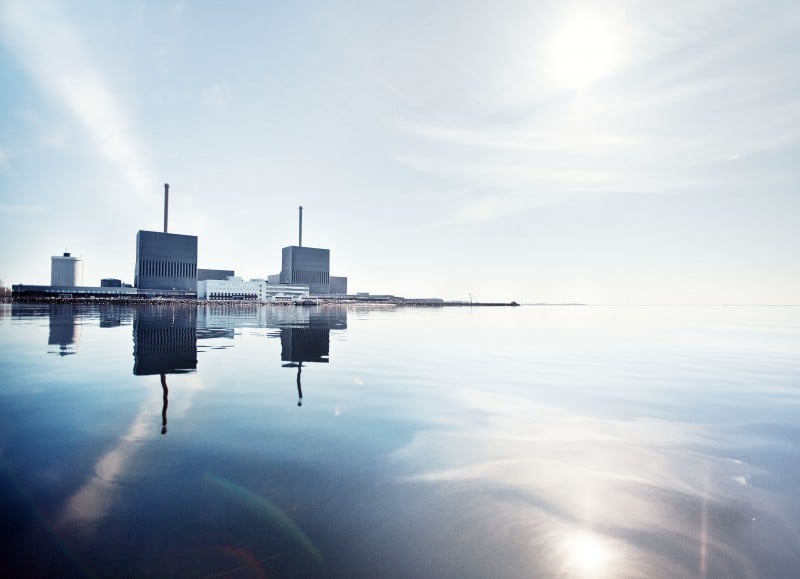
Barsebäck nuclear power plant. Barsebäck nuclear power plant is decommissioned, but it is still the site of various operations, including training activities. Year: 2010 | Place: Barsebäck | Creator: Felix Gerlach | ID: VF000137
The agreement between the governing center-right parties in February 2009 became the foundation for the so-called Energy Agreement, which was closed in June 2016. In this agreement the government parties, which now were the Social Democrats and the Green Party, agreed with the opposition parties – the Moderate party, the Liberals, the Center party and the Christian Democrats – that the 2009 decision on nuclear conditions would be upheld. This meant that new nuclear reactors could be built in existing locations, with a maximum of 10 reactors. But it is too early to say if this will be the end of more than 30 years of political battles about the nuclear power.
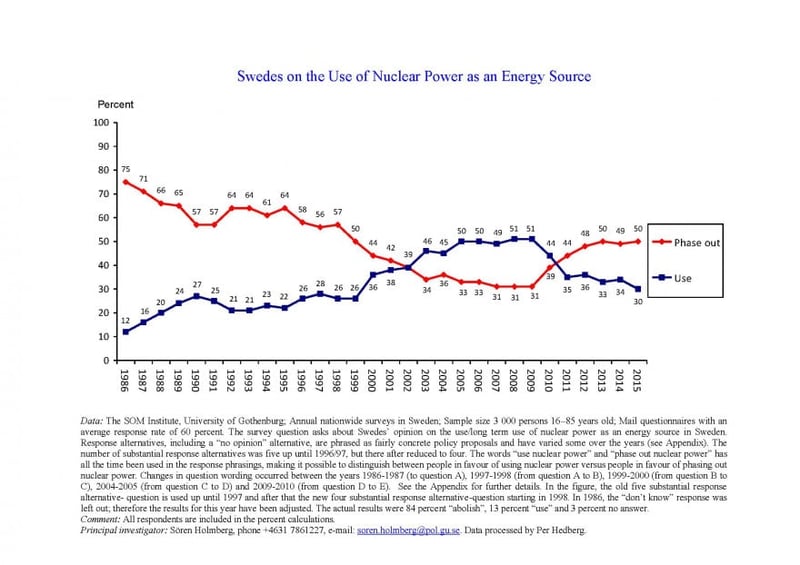
Swedes on the Use of Nuclear Power as an Energy Source 1986–2015. From the report "Swedish Opinion on Nuclear Power 1986 – 2015", by the SOM institute. Year: - | Place: - | Creator: The SOM-institute | ID: VF001057
Related videos
Video player requires marketing cookies.
To view this content please click here to allow marketing cookies.
Some thoughts on how to handle contradictions
Video player requires marketing cookies.
To view this content please click here to allow marketing cookies.
Statements regarding the decommissioning of nuclear power after Chernobyl in 1988
Video player requires marketing cookies.
To view this content please click here to allow marketing cookies.
Result of nuclear referendum in 1980
Video player requires marketing cookies.
To view this content please click here to allow marketing cookies.


